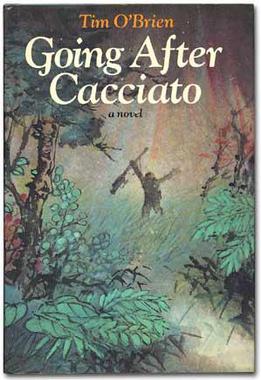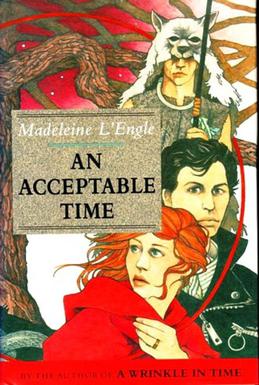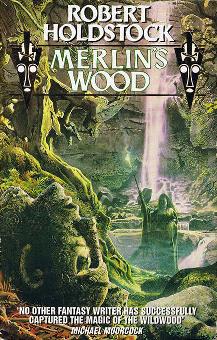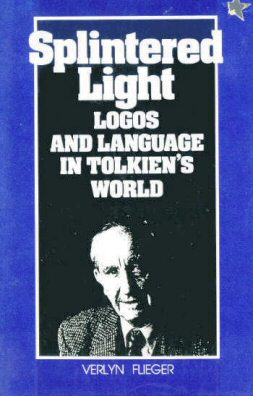
Edward Davis Wood Jr. was an American filmmaker, actor, and pulp novel author.

Fargo is a 1996 black comedy crime film written, produced and directed by Joel and Ethan Coen. Frances McDormand stars as Marge Gunderson, a pregnant Minnesota police chief investigating a triple homicide that takes place after a desperate car salesman hires two criminals to kidnap his wife in order to extort a hefty ransom from her wealthy father. The film was an American–British co-production.

Tim O'Brien is an American novelist who served as a soldier in the Vietnam War. He is best known for his book The Things They Carried (1990), a collection of linked semi-autobiographical stories inspired by O'Brien's wartime experiences. In 2010, The New York Times described the latter as “ a classic of contemporary war fiction.”

The Things They Carried (1990) is a collection of linked short stories by American novelist Tim O'Brien, about a platoon of American soldiers fighting on the ground in the Vietnam War. His third book about the war, it is based upon his experiences as a soldier in the 23rd Infantry Division.
Postmodern literature is a form of literature that is characterized by the use of metafiction, unreliable narration, self-reflexivity, intertextuality, and which often thematizes both historical and political issues. This style of experimental literature emerged strongly in the United States in the 1960s through the writings of authors such as Kurt Vonnegut, Thomas Pynchon, William Gaddis, Philip K. Dick, Kathy Acker, and John Barth. Postmodernists often challenge authorities, which has been seen as a symptom of the fact that this style of literature first emerged in the context of political tendencies in the 1960s. This inspiration is, among other things, seen through how postmodern literature is highly self-reflexive about the political issues it speaks to.

The Rainy River is a river, approximately 137 miles (220 km) long, forming part of the Canada–United States border separating Northwestern Ontario and northern Minnesota.

Going After Cacciato is an anti-war novel written by Tim O'Brien and first published by Delacorte Press in 1978. It won the U.S. National Book Award for Fiction. O'Brien himself says that "Going After Cacciato is a war novel. However, this is a controversial idea due to the fact that the book is about a soldier going AWOL."

Never Let Me Go is a 2005 dystopian science fiction novel by the British author Kazuo Ishiguro. It was shortlisted for the 2005 Man Booker Prize, for the 2006 Arthur C. Clarke Award and for the 2005 National Book Critics Circle Award. Time magazine named it the best novel of 2005 and included the novel in its "100 Best English-language novels published since 1923—the beginning of TIME". It also received an ALA Alex Award in 2006. A film adaptation directed by Mark Romanek was released in 2010; a Japanese television drama aired in 2016.

Z for Zachariah is a post-apocalyptic science-fiction novel by Robert C. O'Brien that was published posthumously in 1974. The name Robert C. O'Brien was the pen name used by Robert Leslie Conly. After the author's death in March 1973, his wife Sally M. Conly and daughter Jane Leslie Conly completed the work, guided by his notes. Set in the continental territory of the United States, it is written from the first-person perspective as the diary of sixteen-year-old Ann Burden. Burden has survived nuclear war and nerve gas by living in a small valley with a self-contained weather system.

Regan Teresa MacNeil is a fictional character from William Peter Blatty's horror novel and film adaptation The Exorcist as a supporting character and its first sequel, Exorcist II: The Heretic, and the sequel television series The Exorcist as one of the main protagonists in season one. She was portrayed by Linda Blair in both films and by Geena Davis in the television series.

Plainsong is a bestselling novel by Kent Haruf.

An Acceptable Time is a 1989 young adult science fiction novel by Madeleine L'Engle, the last of her books to feature Polyhymnia O'Keefe, better known as Poly or Polly. Marketed as part of the author's Time Quintet, An Acceptable Time connects Polly's adventures with those of her parents, Meg Murry and Calvin O'Keefe, which take place a generation earlier. The book's title is taken from Psalm 69:13, "But as for me, my prayer is to You, O Lord, at an acceptable time."

King Solomon's Mines is a 1937 British adventure film directed by Robert Stevenson and starring Paul Robeson, Cedric Hardwicke, Anna Lee, John Loder and Roland Young. A film adaptation of the 1885 novel of the same name by Henry Rider Haggard, the film was produced by the Gaumont British Picture Corporation at Lime Grove Studios in Shepherd's Bush. Sets were designed by art director Alfred Junge. Of all the novel's adaptations, this film is considered to be the most faithful to the book.

Merlin's Wood; or, The Vision of Magic is a short novel by British writer Robert Holdstock, first published in the United Kingdom in 1994. The novel is considered part of the Mythago Wood cycle, but takes place in Brittany, France instead of Herefordshire, England. The work has all new characters and focuses on the mythical birthplace and burial site of Merlin, the magical wood Brocéliande. Brocéliande is a smaller version of Ryhope wood where British myth predominates.

Reservation Blues is a 1995 novel by American writer Sherman Alexie, a member of the Spokane and Coeur d'Alene tribes.
Peter Costello is an author and editor, described by the American critic Robert Hogan in the Greenwood Dictionary of Irish Literature as “a contemporary embodiment” of the “tradition in Irish literature of the independent scholar, who has an erudition embarrassing to the professional academic”.

Bitter in the Mouth is a 2010 novel by Vietnamese-American author Monique Truong. The novel is written in a stream of consciousness narrative structure and follows the character of Linda Hammerick as she comes of age. Linda remembers her childhood in Boiling Springs, North Carolina, in the 1970s and her relationships that follow, through college and beyond. Her present mingles with her past as she learns of her heritage and deals with death, sexual abuse, cancer, adoption, unwanted pregnancies, and family issues. Throughout all of these experiences, Linda lives with a secret extra sense, the ability to taste words, which she later discovers is a form of synesthesia.

The Little Red Chairs is a 2015 novel by Irish author Edna O'Brien, who was 85 at the time of publication. The novel is O'Brien's 23rd fictional publication.

Blue Bayou is a 2021 American drama film written and directed by Justin Chon. The film stars Chon, Alicia Vikander, Mark O'Brien, Linh Dan Pham, Sydney Kowalske, Vondie Curtis-Hall and Emory Cohen.

Splintered Light: Logos and Language in Tolkien's World is an 1983 book of literary criticism by the leading Tolkien scholar Verlyn Flieger, in which she argues that light is a central theme of Tolkien's Middle-earth mythology, in particular in The Silmarillion. It has been admired by other scholars to the extent that it has become a core element of Tolkien scholarship.


















